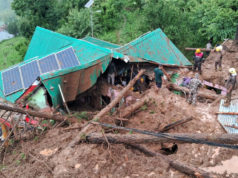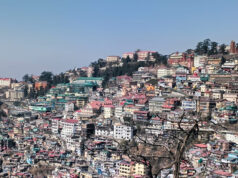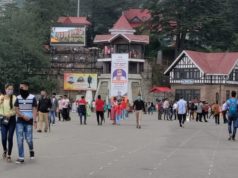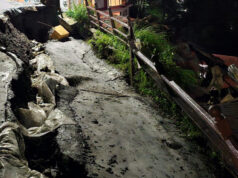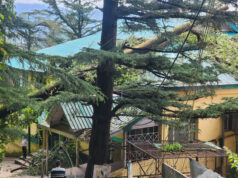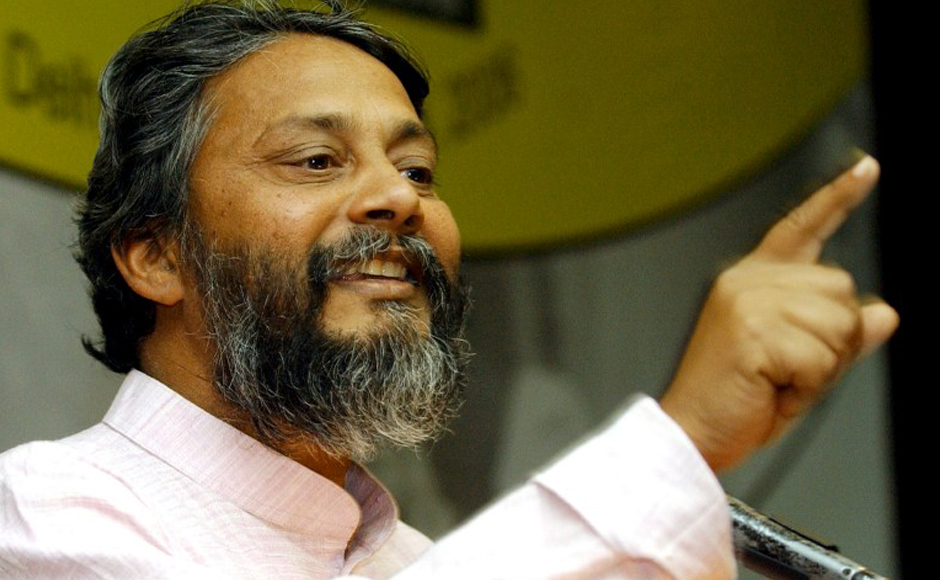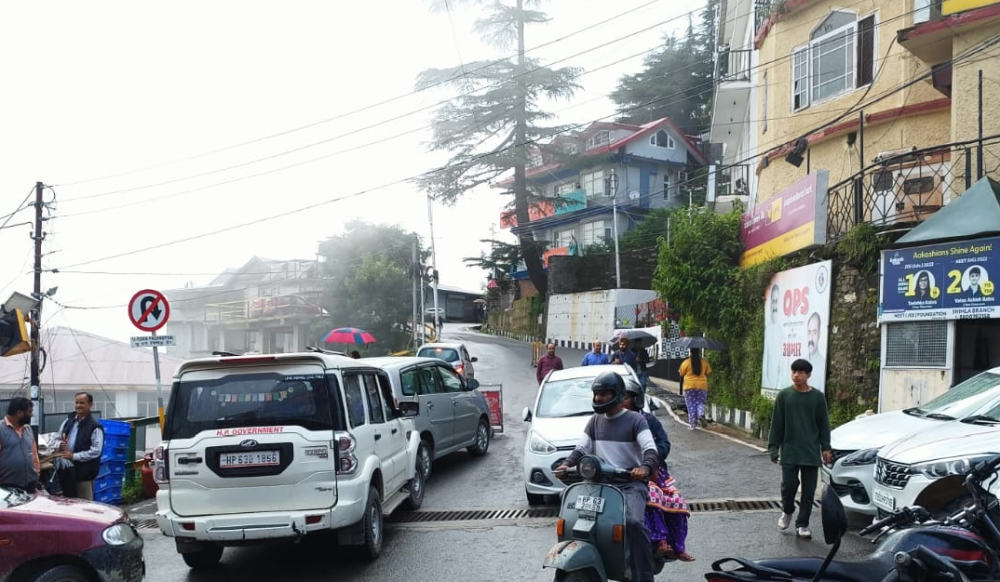
Shimla has been grappling with an unprecedented mobility crisis brought on by relentless landslides triggered by heavy rains. The city’s intricate web of roadways has been severely compromised, leaving both residents and tourists stranded in a maze of impassable routes. The root of this predicament lies not just in the landslide aftermath, but also in the city’s enduring one-way traffic strategy on the Kasumpati-Chhota Shimla road. As Shimla faces a burgeoning traffic crisis, the perpetuation of this long-standing rule has ignited a fierce debate about the efficacy and adaptability of the city’s traffic management practices.
The one-way traffic rule on the Kasumpati-Chhota Shimla road has come under scrutiny as the city confronts unprecedented challenges. This traffic management strategy, traditionally employed to mitigate congestion, is now being called into question due to its seemingly rigid application during a time when alternative routes are compromised by landslides.
Kasumpati, a hub of governmental activity, is at the heart of this issue. With major arteries closed off by landslides, the ongoing one-way traffic rule has exacerbated the frustrations of residents and government employees who find themselves navigating through an already landslide-affected route. This is a poignant illustration of how the well-intended traffic rule has collided with the unprecedented situation, resulting in practical difficulties for the very population it aims to assist.
The debate reverberates around the logic and responsiveness of the one-way traffic approach. Critics argue that this strategy, instead of easing congestion, has exacerbated the situation by funnelling traffic during specific hours, despite the availability of viable alternatives. The closure of significant routes such as the circular road at Himland and Lift Shimla has intensified congestion on other routes, notably the Khalini-Tallend road, already grappling with long traffic jams.
Proponents of the rule suggest that it was designed to streamline the flow of vehicles, yet detractors point out that in this exceptional scenario, it fails to address the broader challenges. The ongoing insistence on adhering to this norm in the face of extraordinary circumstances has garnered criticism for its apparent lack of adaptability.
As Shimla contends with the aftermath of this unparalleled disaster, there is a growing consensus that the city’s traffic management strategies must evolve to meet the demands of the hour. What once may have been an effective rule has now been challenged by the dynamic and unpredictable nature of landslides and their cascading effects on transportation networks.
As the Shimla administration grapples with the crisis, the question remains: will the city’s mobility be forever stifled by a rule that once made sense, or will authorities demonstrate the agility to evolve their strategies in tandem with the challenges that nature throws their way? The answer could shape Shimla’s future as it strives to balance preservation with adaptability in the face of unforeseen crises.


